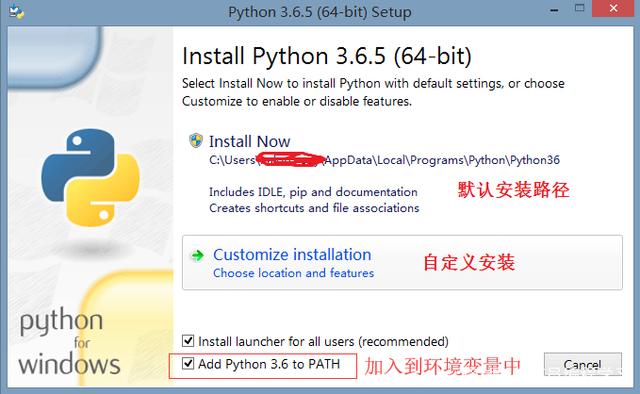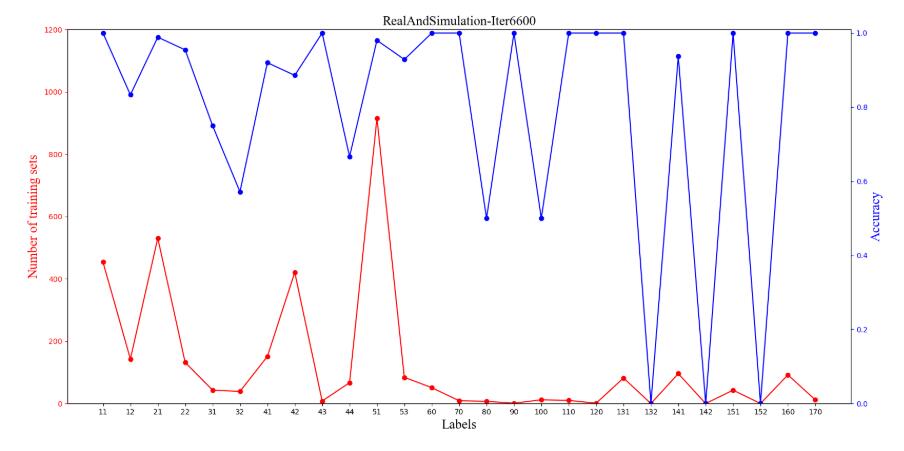探寻python多线程ctrl+c退出问题解决方案
场景:
经常会遇到下述问题:很多io busy的应用采取多线程的方式来解决,但这时候会发现python命令行不响应ctrl-c 了,而对应的java代码则没有问题:
public class Test {
public static void main(String[] args) throws Exception {
new Thread(new Runnable() {
public void run() {
long start = System.currentTimeMillis();
while (true) {
try {
Thread.sleep(1000);
} catch (Exception e) {
}
System.out.println(System.currentTimeMillis());
if (System.currentTimeMillis() - start > 1000 * 100) break;
}
}
}).start();
}
}
java Test
ctrl-c则会结束程序
而对应的python代码:
# -*- coding: utf-8 -*-
import time
import threading
start=time.time()
def foreverLoop():
start=time.time()
while 1:
time.sleep(1)
print time.time()
if time.time()-start>100:
break
thread_=threading.Thread(target=foreverLoop)
#thread_.setDaemon(True)
thread_.start()
python p.py
后ctrl-c则完全不起作用了。
不成熟的分析:
首先单单设置 daemon 为 true 肯定不行,就不解释了。当daemon为 false 时,导入python线程库后实际上,threading会在主线程执行完毕后,检查是否有不是 daemon 的线程,有的化就wait,等待线程结束了,在主线程等待期间,所有发送到主线程的信号也会被阻测,可以在上述代码加入signal模块验证一下:
def sigint_handler(signum,frame):
print "main-thread exit"
sys.exit()
signal.signal(signal.SIGINT,sigint_handler)
在100秒内按下ctrl-c没有反应,只有当子线程结束后才会出现打印 "main-thread exit",可见 ctrl-c被阻测了
threading 中在主线程结束时进行的操作:
_shutdown = _MainThread()._exitfunc
def _exitfunc(self):
self._Thread__stop()
t = _pickSomeNonDaemonThread()
if t:
if __debug__:
self._note("%s: waiting for other threads", self)
while t:
t.join()
t = _pickSomeNonDaemonThread()
if __debug__:
self._note("%s: exiting", self)
self._Thread__delete()
对所有的非daemon线程进行join等待,其中join中可自行察看源码,又调用了wait,同上文分析 ,主线程等待到了一把锁上。
不成熟的解决:
只能把线程设成daemon才能让主线程不等待,能够接受ctrl-c信号,但是又不能让子线程立即结束,那么只能采用传统的轮询方法了,采用sleep间歇省点cpu吧:
# -*- coding: utf-8 -*-
import time,signal,traceback
import sys
import threading
start=time.time()
def foreverLoop():
start=time.time()
while 1:
time.sleep(1)
print time.time()
if time.time()-start>5:
break
thread_=threading.Thread(target=foreverLoop)
thread_.setDaemon(True)
thread_.start()
#主线程wait住了,不能接受信号了
#thread_.join()
def _exitCheckfunc():
print "ok"
try:
while 1:
alive=False
if thread_.isAlive():
alive=True
if not alive:
break
time.sleep(1)
#为了使得统计时间能够运行,要捕捉 KeyboardInterrupt :ctrl-c
except KeyboardInterrupt, e:
traceback.print_exc()
print "consume time :",time.time()-start
threading._shutdown=_exitCheckfunc
缺点:轮询总会浪费点cpu资源,以及battery.
有更好的解决方案敬请提出。
ps1: 进程监控解决方案 :
用另外一个进程来接受信号后杀掉执行任务进程,牛
# -*- coding: utf-8 -*-
import time,signal,traceback,os
import sys
import threading
start=time.time()
def foreverLoop():
start=time.time()
while 1:
time.sleep(1)
print time.time()
if time.time()-start>5:
break
class Watcher:
"""this class solves two problems with multithreaded
programs in Python, (1) a signal might be delivered
to any thread (which is just a malfeature) and (2) if
the thread that gets the signal is waiting, the signal
is ignored (which is a bug).
The watcher is a concurrent process (not thread) that
waits for a signal and the process that contains the
threads. See Appendix A of The Little Book of Semaphores.
http://greenteapress.com/semaphores/
I have only tested this on Linux. I would expect it to
work on the Macintosh and not work on Windows.
"""
def __init__(self):
""" Creates a child thread, which returns. The parent
thread waits for a KeyboardInterrupt and then kills
the child thread.
"""
self.child = os.fork()
if self.child == 0:
return
else:
self.watch()
def watch(self):
try:
os.wait()
except KeyboardInterrupt:
# I put the capital B in KeyBoardInterrupt so I can
# tell when the Watcher gets the SIGINT
print 'KeyBoardInterrupt'
self.kill()
sys.exit()
def kill(self):
try:
os.kill(self.child, signal.SIGKILL)
except OSError: pass
Watcher()
thread_=threading.Thread(target=foreverLoop)
thread_.start()
注意 watch()一定要放在线程创建前,原因未知。。。。,否则立刻就结束

